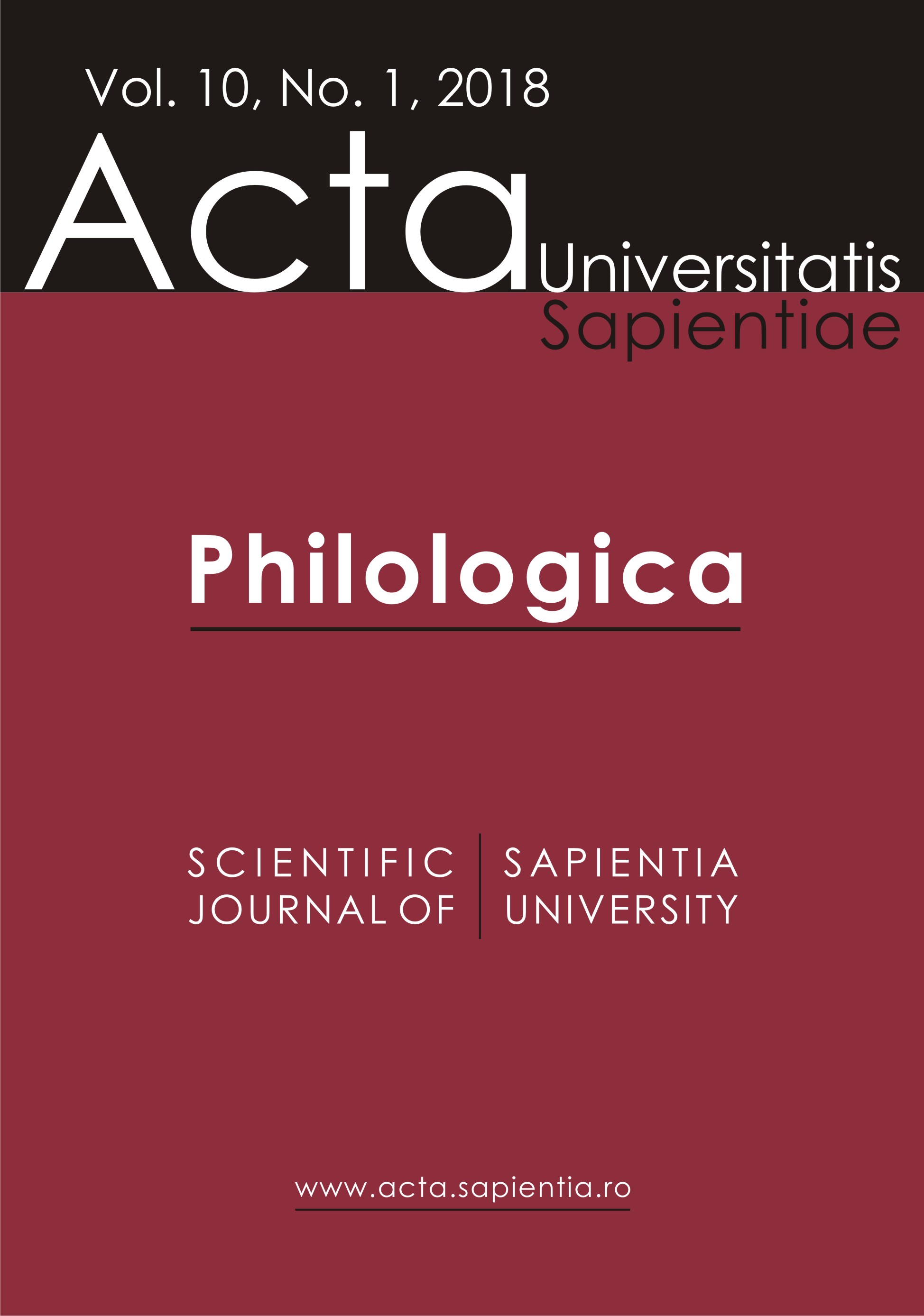Border, Environment, Neighbourhood
Border, Environment, Neighbourhood
Author(s): István BerszánSubject(s): Language and Literature Studies, Studies of Literature, Theory of Literature
Published by: Scientia Kiadó
Keywords: territorial-institutional demarcation; the space of social historical relations; non-human; spaces of contact making; literature;
Summary/Abstract: In our academic environment, borders are usually treated within the territorial-institutional demarcation or the political resistance against such actions. In his essay “What is a border?” Étienne Balibar focuses on political examples. What kind of demarcation is at work here? What kind of boundaries integrate everything in the space of social historical relations as if there was nothing else outside us? Politically speaking, we have created the institution of border, but according to the Australian philosopher Jeff Malpas, our being-in-the-world implies all-encompassing places as the material condition for the appearance of things and living creatures. The Hungarian term “határ” (border) has a specific meaning referring to the natural environment of a settlement: not a concrete line, but a field with depth around the built habitat of people. Can we apply a border theory based on political issues to our neighbourhood with non-human creatures? To what extent will the concept of border be changed if we consider different spaces of contact making? Through the close reading of some fragments from Henry David Thoreau’s Walden and Jack London’s White Fang, my paper shows how literature and the arts help us ask and investigate such questions.
Journal: Acta Universitatis Sapientiae, Philologica
- Issue Year: 10/2018
- Issue No: 1
- Page Range: 35-52
- Page Count: 18
- Language: English

